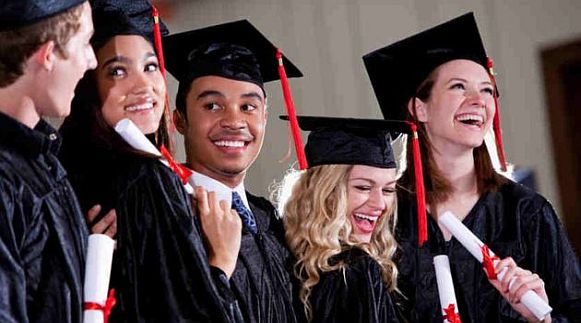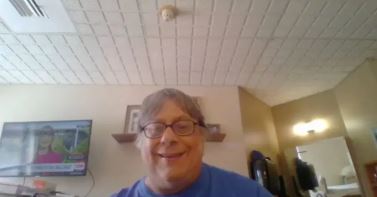NEWS
Transforming higher education’s creative capacity
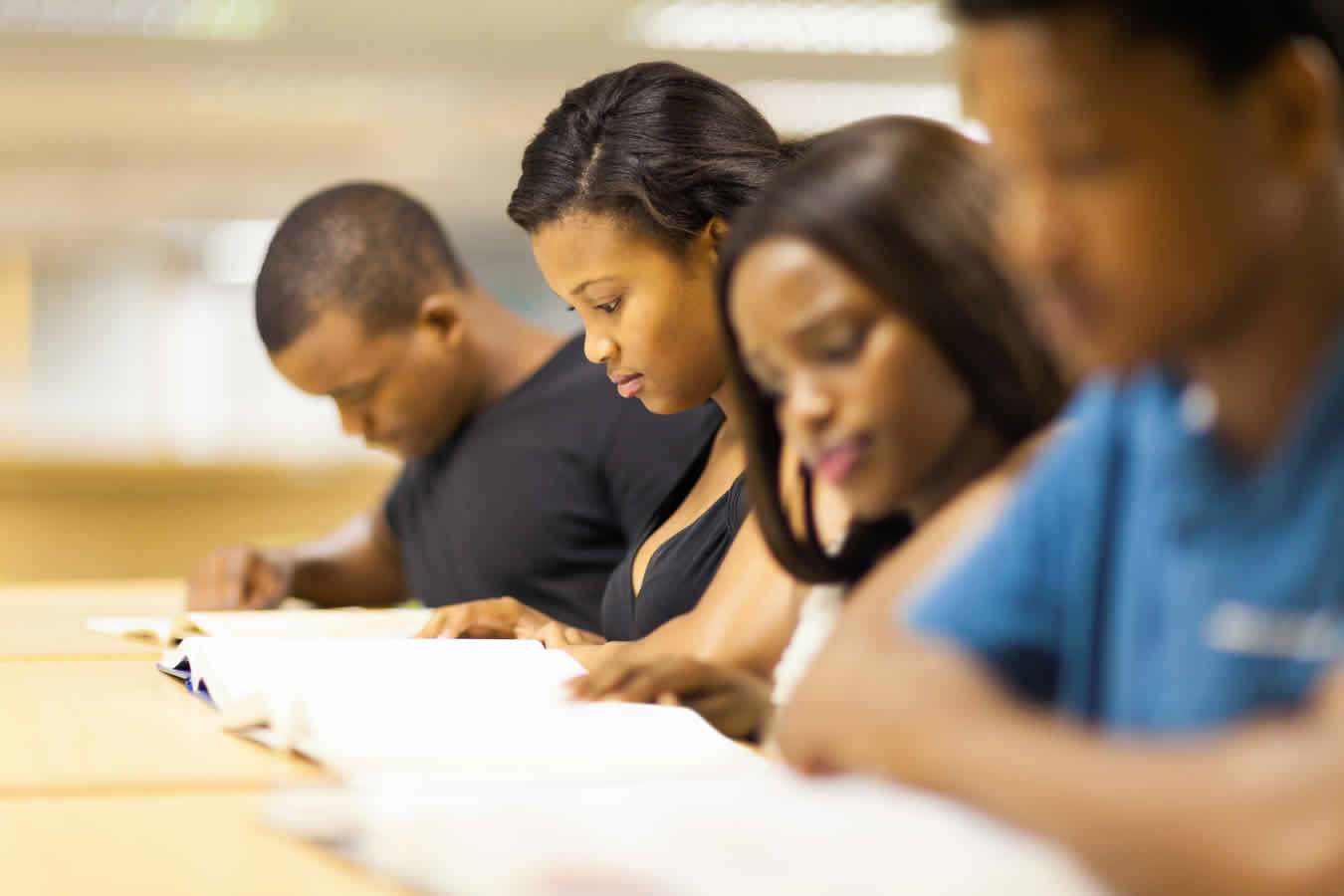
It has been nearly 20 years since UNESCO issued its World Declaration on Higher Education for the Twenty-First Century. Since its publication, global higher education has undergone dramatic change and global higher education enrolments have increased at a rate of about 5% per year. Today, higher education is in the midst of an academic revolution and many countries have now reached universal access status.
The World Declaration on Higher Education promotes several important principles regarding creativity in higher education:
- Creativity should be used to integrate local/indigenous knowledge with advanced scientific knowledge,
- Curricula, teaching-learning and research should be organised in such a way as to continually foster creative thinking at every grade level, and
- Creative thinking and critical thinking should enhance and complement each other.
Why creativity is important
In the book, Creative Learning in Higher Education, Linda Watts and I, along with several educational scholars, present several case studies in creative learning and discuss how to foster creativity in students.
Creative learning is important because jobs that do not require some form of creativity are more likely to be outsourced or automated. Creative industries contribute significantly to gross economic output and that contribution is likely to increase in the future.
In addition, as a result of the rapid change brought about by globalisation, modern societies are becoming increasingly hyperconnected and interdependent. Given the great importance that countries place on higher education to help address a variety of socio-economic issues (for example, employment, innovation and economic growth), universities are beginning to put greater emphasis on creative learning.
Creative learning is not only an important factor in addressing the complexities of social change but it also provides a catalyst in bringing about the quickly emerging global knowledge society. Employers and others are not only concerned about what graduates know but, equally important, they are concerned with how creative they are in applying that knowledge.
It seems likely that creative learning will continue to emerge as a major focus area in all disciplines and at all grade levels. Thus, it is important for educators to understand the factors that foster creative learning.
Defining creative learning
Mihaly Csikszentmihalyi and other creativity scholars have identified three key characteristics of creativity:
- It is domain, field and individual specific – the domain (the academic discipline) includes the knowledge/symbols/rules, the field includes the experts/gatekeepers of the domain, and the individuals are the source of the novel idea,
- It is process- and outcome-oriented, and
- It is embedded within the culture – the specific disciplinary culture as well as the broader socio-culture.
Creativity changes the domain in some meaningful way and it may result in an innovation in wider society. Within this context, creativity can be defined as: the creation of novel, original knowledge that changes a domain and is recognised as such by the domain’s experts. Therefore, based on this definition, it follows that one must first master the domain in order to build a deep and fertile foundation from which original ideas can grow.
Higher education institutions have always been places of creativity in the sense that they are producers of knowledge, but the modern age has placed greater demands on higher education to become creative learning communities where students engage in rigorous creative knowledge production at all grade levels.
Creative learning is an intentional act so for creativity to flourish learners must also be motivated to act. Notwithstanding the fact that people may be born with certain innate talents and skills, it is more useful and productive to start with the premise that all students are capable of creative learning and, if given the proper nurturing and motivation, they can learn to operate at higher levels of creative learning.
Creative learning environments
So what are the basic conditions for creative learning? First, students must master the requisite disciplinary knowledge and skills. Mastering the basics of the domain is represented as level one in Bloom’s Taxonomy, the 1956 framework used to classify educational goals. Mastering and integrating different types of knowledge (that is, factual, conceptual, procedural and metacognitive) builds the proper foundation from which novelty emerges.
Second, course projects and learning activities should be structured to encourage students to think creatively and critically at the same time, to connect ideas across courses (and disciplines) and to identify common themes and patterns. To become a creative learner, one must engage consistently over a long period of time at the higher order levels of thinking and doing.
For instance, when students (at all grade levels) are taught to conduct rigorous research, they learn to become increasingly comfortable when dealing with unstructured and ill-defined problems. When students consistently work in group projects, they gradually build the social and cultural capital needed in today’s increasingly pluralistic world. When students engage internationally with other students, they gradually learn to develop intercultural competencies.
In addition to cognition, the social and emotional aspects of learning are also very important. To that end, faculty play a major role in motivating students to explore new ideas, to think in different ways, to integrate knowledge across courses, to encourage reasonable risk-taking, to persevere in the midst of challenges and to create a positive culture of meaningful learning.
Some novel approaches
Major creative achievements usually come from those who examine a problem from different conceptual frameworks and viewpoints (that is, the cross-pollination of ideas). This is one of the benefits of integrative and interdisciplinary learning. Some approaches, like student research, foster creative learning environments by having students engage in creative inquiry at all grade levels.
Faculty learning communities, or FLCs, represent another innovative approach to encourage interdisciplinary conversations between instructors. Milton Cox and Laurie Richlin, pioneers in the development of the FLC model, define an FLC as a multi-disciplinary group of faculty who collaborate on ways to transform curricula, teaching-learning and community building. FLCs are also being used at some universities to foster creative learning environments.
In sum, creative learning is an intentional process that can be developed in students, encouraged by faculty, and nurtured by institutions through creative curricula and learning activities. Any meaningful learning activity that allows students to pursue challenging inquiry and requires students to address significant questions contributes to transforming higher education’s creative capacity.

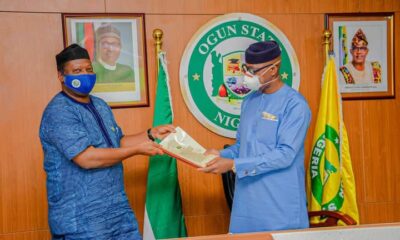

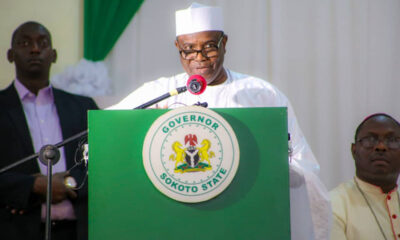

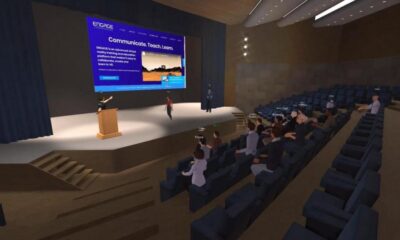






![A 32-year Old Man Transforms into a Black Alien [SEE PHOTOS]](https://topnaija.ng/wp-content/uploads/2021/03/PhotoGrid_1601736918661_0-400x240.jpg)
![A 32-year Old Man Transforms into a Black Alien [SEE PHOTOS]](https://topnaija.ng/wp-content/uploads/2021/03/PhotoGrid_1601736918661_0-80x80.jpg)


